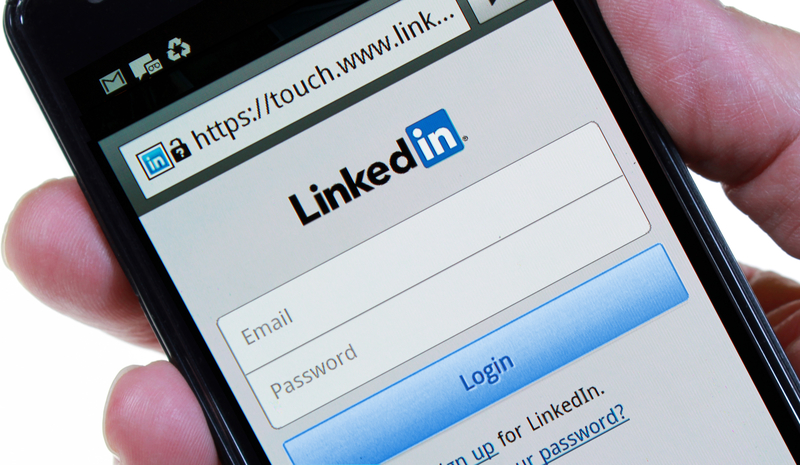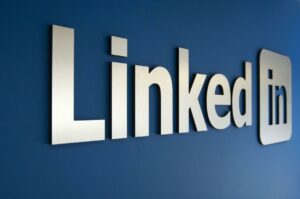 Believe it or not, LinkedIn is still one of the best professional networking sites that you can find on the Internet.
Believe it or not, LinkedIn is still one of the best professional networking sites that you can find on the Internet.
Yes it has some flaws, but it’s the place to meet with industry experts, business partners, and to stay in contact with your former colleagues. It is also a great place where students can start conversations with CEOs of international companies.
If you are an active LinkedIn user then you send and receive LinkedIn invitations every week. We interact with colleagues, our friends, business partners, recruiters, or potential candidates.
LinkedIn says, “We recommend only inviting people you know and trust because first-degree connections are given access to the primary email address on your account.” Still, many of the invitations many on LinkedIn receive are from total strangers we have never met, and, there is a good chance that we will never meet most of them in real life.
For some reason these people still want to have us in their LinkedIn network. They could have various reasons for that, and I was curious what their reasons were. So I decided to perform a small test to understand how people are accepting LinkedIn invitations, especially why they are sending invitations to people they’ve never met.
LinkedIn Test
I split the test into two parts. The first part of that test included the invites I sent, and I tracked how people reacted to the messages that I sent to them. The second part focused on the invites I had received. I got more invites than I sent for this test. So I split the thousands of invites — 200 sent and 800 received.
First Part
I contacted people with different roles and from locations that I would like to add to my network. Even though I was running a test, I always chose people that I would like to have in my network. This is important, because I don’t take building my network as some popularity contest so I always try to be selective.
My approach included sending 100 invites without any note. I sent 50 sent to recruiters, and 50 were sent to other people. Here is what happened:
- 43 of the 50 invites sent to the recruiters were accepted;
- 21 of the 50 invites sent to other professionals were accepted.
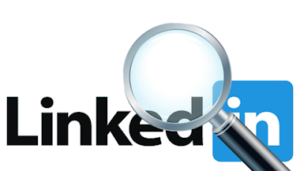 I also sent 100 invites to others that had a personal note. The first 50 invited got a basic template message, but the other 50 invites got a message I personalized and tailored to them based on their LinkedIn profile and experience. Here are the results of this experience:
I also sent 100 invites to others that had a personal note. The first 50 invited got a basic template message, but the other 50 invites got a message I personalized and tailored to them based on their LinkedIn profile and experience. Here are the results of this experience:
- 38 from 50 template invites I sent were accepted;
- 44 of 50 invites with the personal notes tailored to the specific person were accepted.
Second part
For the 800 invitations I received, I focused on these factors:
- If it they included a note, and, what was in this note;
- If I accepted the invitation when the person contacted me with the small note or any other message.
- If the person visited my profile before he or she sent me the invitation.
I accepted 388 invitations from the 800 I received during that test. I also tried to reach out to most of these people in this test with a small note in reply to them.
Why did I approach these people? The answer is pretty simple: they have some reason to connect me and I wanted to know what the reason was. What was the trigger for them to send me the invitation? Was it something that I did, I posted, or that I wrote? Or, did they just want to know who am I?
I waited 24 to 48 hours after I accepted their invitation in order to give them the opportunity to reach me first. Some 27 did so, and 21 of them were business proposals or job offers while six just sent a thank-you note when I accepted their invite.
And what about the 361 others? After 48 hours, I contacted them and sent a simple message (and many other variants of this message):
Hi,
Thanks for your LinkedIn invite. I am curious about why you sent me this invitation. Is there anything I can do for you, or you are just expanding your network on LinkedIn? 🙂
Best Regards,
Jan
I probably missed a few out of the 361 people, but I tried to reach everybody. In the end, 132 people responded and told me the reason why they added me, and what the trigger was. This gave me interesting feedback because I was able to understand what I had done to bring my profile to their attention.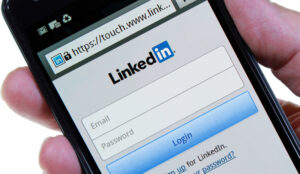
The most common reason – 67 percent – was “I am just expanding my network of contacts.” The rest had other reasons like: they would like to follow my updates, or they had questions about craft or sourcing games and other things.
And what about the other 229 people? I hope they will reply one day. A few people surprised me, because I considered them to be top-notch recruiters, but when I contacted them there was radio silence. I expected these contacts to reply almost immediately or within 24 hours.
Visit the profile of the person you are trying to add
How many people visited my profile before they sent me an invitation on LinkedIn? Of the 800 people in my test, only 114 had checked my profile before they sent me an invitation.
That means only 14 percent of them visited my profile before they sent the invitation. That’s a pretty small number.
I think that most of the invitations I got came from the LinkedIn mobile app. That’s why so many lacked a personal note. LinkedIn also has the option to send invites to hundreds of people “you may know” with just one click.
It’s easy to hit the blue button to send the invite on the LinkedIn mobile app, and you don’t have to write a note. But, if you would like to increase the chance that your invite will be accepted, be sure to add the note.
And if you would like to follow somebody and get updates, it’s better to click “Follow” on their profile instead of just adding them.
Reasons for rejecting LinkedIn invites
Adding people to your network is easy; the only thing to do is to click “Accept.” But you need to think about the quality of your network.
Networking on LinkedIn is not similar to the Pokémon game; you don’t need to catch them all. Target people who can bring value to you and to your network.
I also counted the number of invitations I did not accept (the reasons are below). Of the 800 invites I got, 773 lacked a personal note. Only 3.38 percent of the invitations came with a personal note.
Here are a few of the reasons why I did NOT accept a LinkedIn invitation:
- If the profile photo had a logo instead of a face.
- If the profile was fake or had no information at all.
- If the first message was, “Please accept, we have consultants available.”
- If the invite was from a person who listed their current employer as “Confidential” (this gives you almost 100 percent certainty that I wouldn’t be accepting).
- If there was no message at all, and the invite came from a person working in a completely different field and location (it’s about quality of network; there is no need to have four construction workers from Uruguay if you are living on opposite side of world and you are hiring IT people).
- If you are claiming you have a business proposal, and in your profile you mentioned that you are from Nigeria and working as a banker or you are a prince.
NOTE: I would like to apologize to the banker from Nigeria (with a fake photo) and the Nigerian prince that sent me their invitations that I didn’t accept. I hope you understand why I did not hit the “Accept” button; plus, I already sent money to a Nigerian astronaut lost in space who needs $3 million to get home.
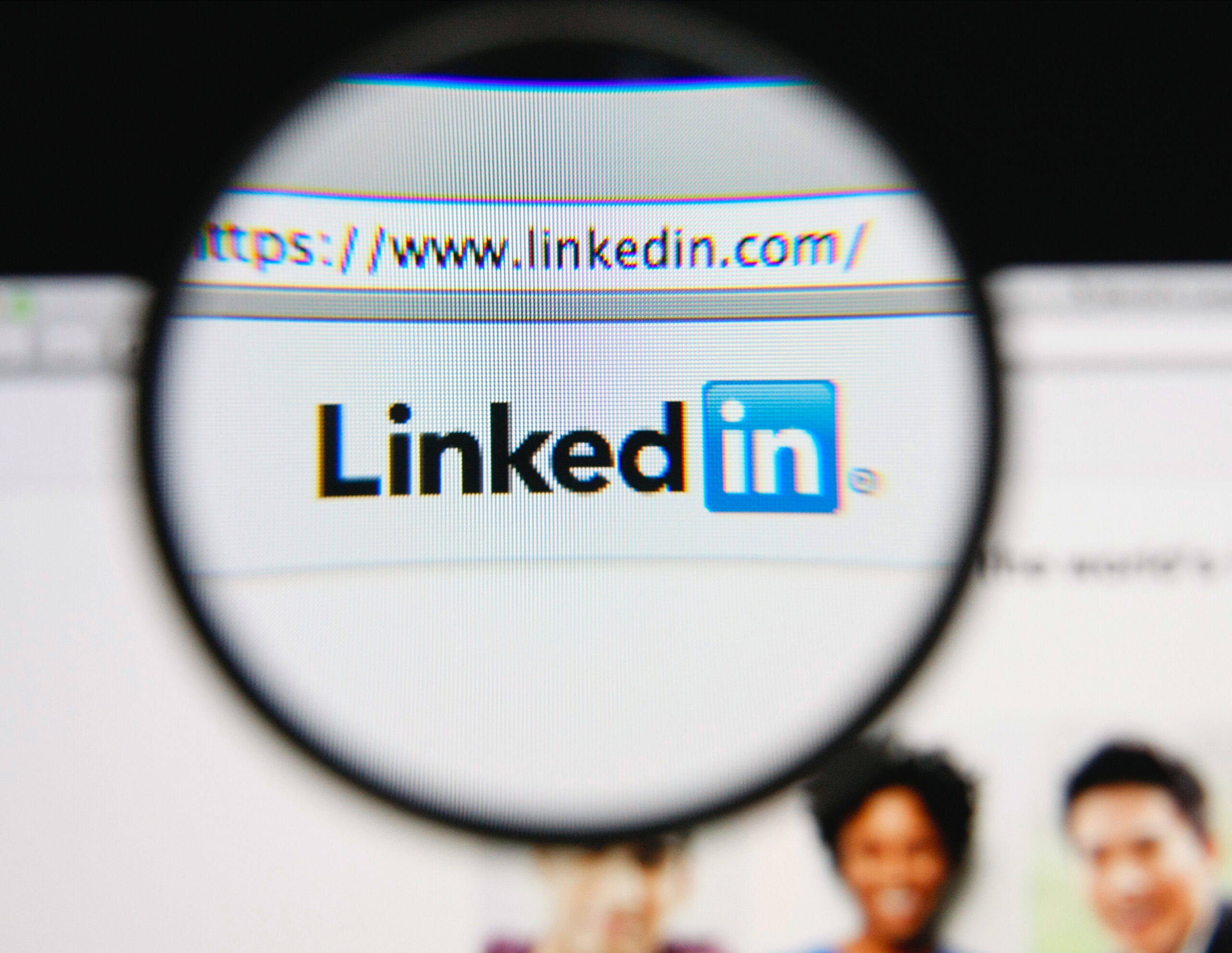 If you are planning to offer me new life insurance, a passive income opportunity, or add my email to your spam list, just mention that in the note. Because this will save both of us time.
If you are planning to offer me new life insurance, a passive income opportunity, or add my email to your spam list, just mention that in the note. Because this will save both of us time.
Final thoughts
I’m always trying to reach people that I can add to my network, and I expect the same from my new contacts. If your invitation is accepted, don’t be a stranger. Try to reach people after you add them. Just message them with few words like, “I like your post, article, etc.”
Sometimes the simple message could start an interesting discussion, and it will definitely help you to stand out from others on LinkedIn. No one is an island of knowledge, so it’s always good to share ideas and discuss points of view.
If you are part of my network, I hope we’re going to interact more. As a recruiter, I like to network with people because they are the ultimate source of inspiration for me. And if we are connected, you can contact me anytime and maybe even turn this connection into a dialogue.
Networking is important because it also opens up opportunities and it’s the people you actually know who will help to advance your career.
What are your reasons for not accepting all your LinkedIn invitations? Let me know in the comments!
Authors
Jan Tegze
Jan Tegze is Senior Recruiting Manager at SolarWinds, a company that “provides powerful and affordable IT management software to customers worldwide, from Fortune 500 enterprises to small businesses, managed service providers (MSPs), government agencies, and educational institutions.” He is also the author of the book Full Stack Recruiter: The Modern Recruiter's Guide, published October 2017. Jan has extensive experience in full life cycle recruiting, and broad knowledge in international recruiting, sourcing, recruitment branding, marketing and pro-active innovative sourcing techniques. Connect with him on LinkedIn or follow him on Twitter @jantegze .
Recruit Smarter
Weekly news and industry insights delivered straight to your inbox.

